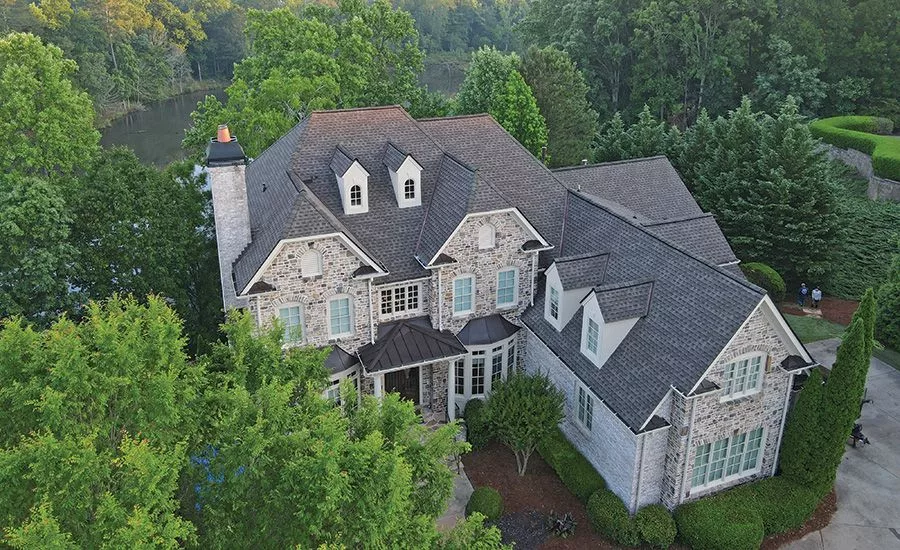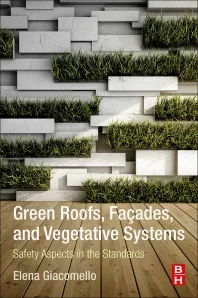Energy Efficient Roofs Include More Than Insulation
The energy-efficiency discussion dominates the building industry news. A great example of the push for energy efficiency is BOMA’s Kilowatt Crackdown. A recent article in the September/October issue of BOMA Magazine describes this as “a series of locally hosted, energy benchmarking competitions that challenge commercial building owners and managers to reduce energy use over time” by using voluntary energy efficiency best practices. This is a slam-dunk for the roofing industry to provide energy-efficient roof systems.
Roofing professionals can take advantage of this opportunity by providing durable, long-lasting, energy-efficient roof systems for your clients. Insulation is usually the first thing we all think of when discussing energy efficiency, and it is true that insulation can make a big difference. However, there a number of other strategies that can be employed to provide a highly energy-efficient roof system.
The Center’s RoofPoint Guideline for Environmentally Innovative Nonresidential Roofing includes six roofing concepts that provide energy efficiency. The first, not surprisingly, is High R-value. An insulation layer should meet the insulation requirements of the most recent edition of 2012 IECC or ASHRAE 90.1. There are specific requirements for three different configurations: roofs with insulation above deck, structural metal roofs and attics.
The second, Best Thermal Practices, provides guidance about installing multiple layers of insulation with staggered joints, as well as removing or reducing thermal discontinuities (aka, thermal bridges). There are four ideas for reducing thermal bridging: mechanically fasten the bottommost board and adhere the upper boards; use non-thermal bridging fasteners (e.g., plastic, synthetic); use ballast in lieu of fasteners; and use monolithic insulation (e.g., SPF, lightweight concrete).
The third, Roof Surface Thermal Contribution, goes well beyond roof color. Roof color is just one option for a roof surface’s contribution to energy efficiency. Others include the use of ballast or pavers that can delay thermal energy transfer, and the use of vegetation. The selection of the best roof surface for any particular building depends on a variety of factors, including local climate, building energy demands and intended roof service function.
The fourth, Roof Air Barrier, provides information on the design and installation of a roof system air barrier — continuity, flexibility and strength. While a roof membrane is an air barrier, it’s best to include an air barrier on the interior side of the insulation to prevent a reduction in R-value by allowing interior air into the insulation layer. Additionally, untreated infiltrating air may introduce moisture, pollutants and allergens into a building. Infiltrating air can contribute to moisture condensation, leading to conditions such as corrosion and premature building deterioration.
The fifth, Rooftop Energy Systems, includes ways a rooftop can generate a portion of a building’s energy requirements. Photovoltaic systems solar thermal (i.e., hot water) systems and wind turbines are the common renewable energy production methods. It is important to recognize that only after providing energy-efficient, long-lasting roof systems should building owners and managers consider rooftop energy production. Roof system designers and installers can also consider installing a “solar-ready” roof system if funds for renewable energy systems are not available at the time of roofing or re-roofing.
And the sixth, Roof Daylighting, discusses basic and controlled daylighting. Controlled daylighting is electrically tied to the artificial lighting system so lights are dimmed or turned off when daylighting provides adequate light. Daylighting should provide an overall net savings in building energy use. Designers should verify the energy savings from daylighting exceeds the energy loss because of the reduced roof system R-value because of the daylighting system.
Much more information on each of these topics is available in the RoofPoint Guidelines. Energy efficiency of roof systems comes from many aspects and components; understanding the possibilities provided in RoofPoint is step one in providing an energy-efficient roof system to your client.
Looking for a reprint of this article?
From high-res PDFs to custom plaques, order your copy today!





